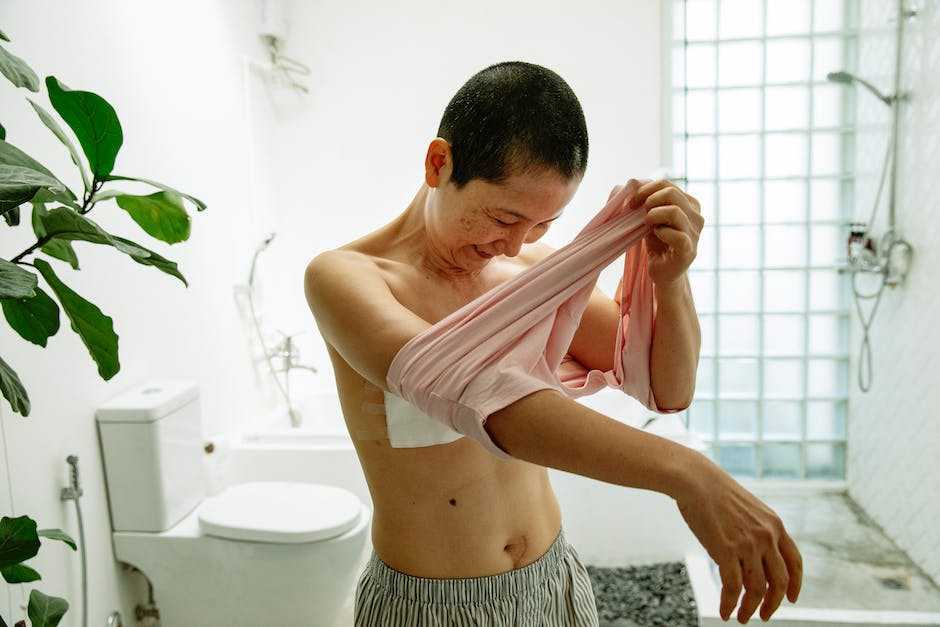
Contents
Treating Peripheral Vascular Disease Through Surgery: A Comprehensive Overview and Health
Peripheral Vascular Disease (PVD) is a serious medical condition that affects the flow of oxygen in the blood. It is caused by narrowed or blocked arteries in the legs, arms, or other parts of the body. PVD can be treated effectively with a variety of techniques including lifestyle changes, medications, and surgery.
Symptoms and Common Causes of PVD
Patients with PVD often experience pain in their legs and feet as a result of poor blood circulation. Other symptoms can include tiredness, weakness, numbness, and a coldness of the affected area. Common causes of PVD include high blood pressure, high cholesterol, diabetes, smoking, and obesity.
Managing PVD with Lifestyle Changes, Medications, and Surgery
Maintaining a healthy lifestyle, such as exercising regularly, quitting smoking, and controlling your cholesterol and blood pressure levels, can help manage PVD. Your doctor may also prescribe medications, such as anticoagulants, statins, and antiplatelet drugs, to reduce the risk of blood clots and improve circulation. In some cases, surgery may be recommended as a treatment option.
Types of Surgery for Treating PVD
There are several types of surgery for treating PVD, depending on the severity of the condition. Surgeries used to treat PVD include angioplasty, artery bypass surgery, and laser angioplasty. Angioplasty is a procedure that uses balloons and stents to widen the arteries and improve blood flow. Artery bypass surgery is a procedure that can be used to create new pathways for blood to travel by taking blood vessels from other parts of the body and surgically attaching them to the affected area of the artery. Laser angioplasty is a similar procedure, but uses lasers to widen the arteries.
Risks and Benefits of Surgery for PVD
As with any medical procedure, surgery for PVD comes with risks, including the risk of infection, bleeding, and further narrowing or blockage of the artery. However, surgery can also bring a number of benefits. For example, it can improve quality of life by reducing pain and increasing mobility, as well as reduce the risk of stroke and heart attack.
Conclusion
Surgery can be an effective treatment option for Peripheral Vascular Disease (PVD), when lifestyle changes and medications do not provide enough relief from symptoms. There are several types of surgery, such as angioplasty and artery bypass surgery, which can help to improve blood flow and reduce the risk of stroke and heart attack. However, surgery for PVD also carries risks, so it is important to discuss the benefits and risks with your doctor before deciding whether or not to proceed with treatment.
